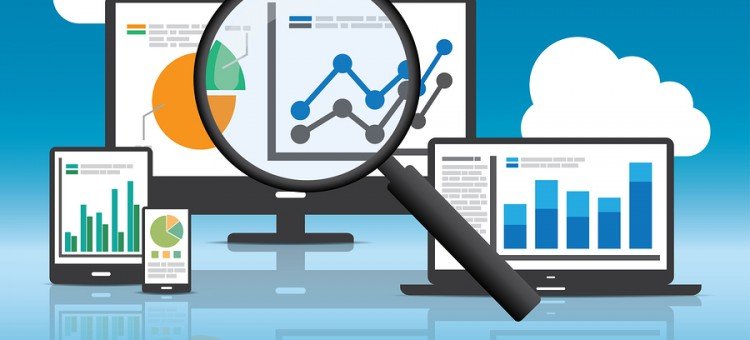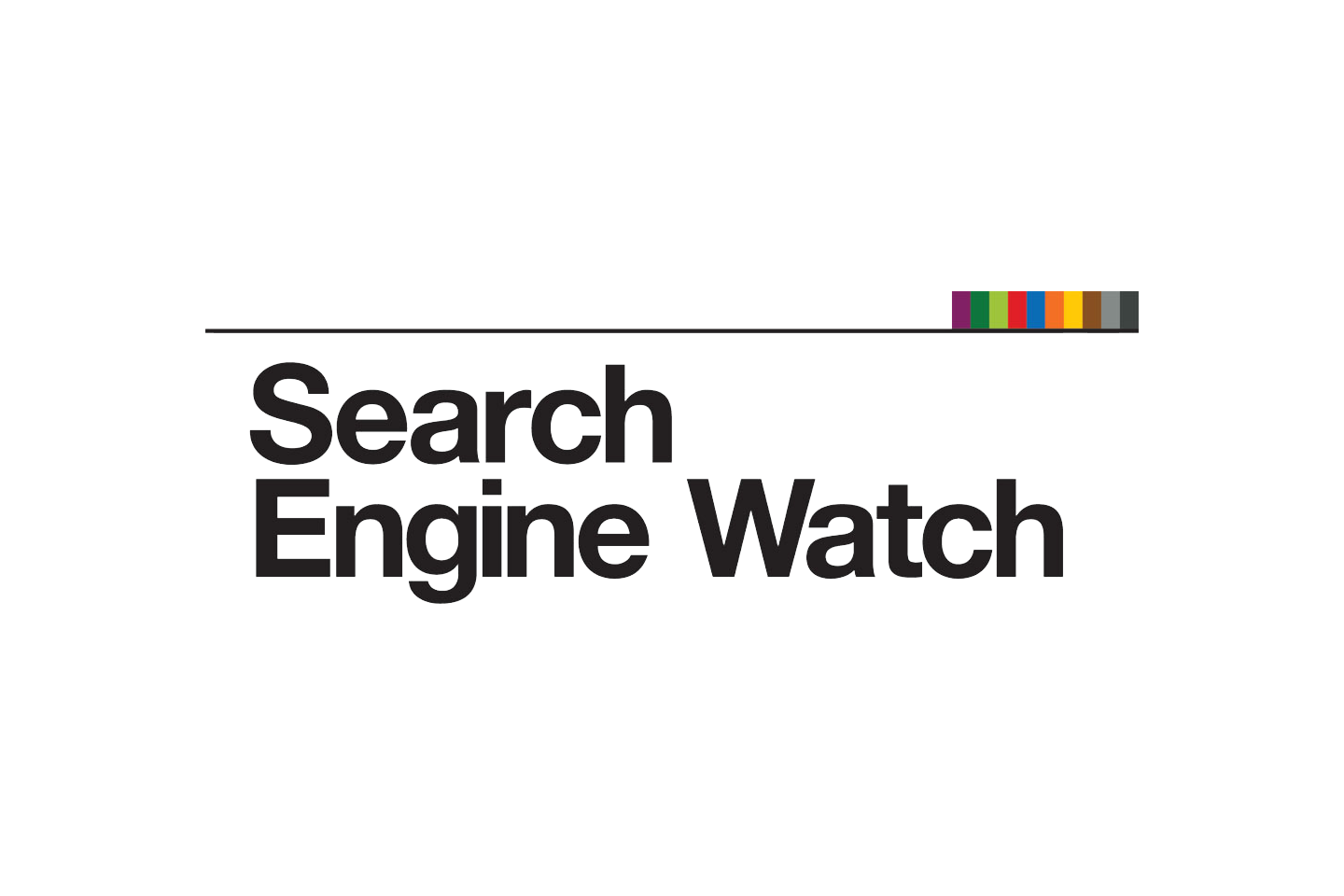
This article originally appeared on TotalRetail.
How is your website doing? Are your users heading straight to you, navigating every button click until they convert into a sale? Or are they more like Little Red Riding Hood, wandering in the woods and losing their way?
Even the most beautiful landing page means nothing if you’re losing users before they cross the finish line. Every business has a unique customer base with its own unique purchasing journey. If your marketing strategy doesn’t match up with your audience’s preferred path, even the most eager potential customers will never reach you.
With about 67 percent of a customer’s journey now done online, marketers need to be keenly aware of how users are finding and navigating their websites. If that path doesn’t match up with what you expected, it’s time to make some changes.
The key to conversion is optimizing your website so that your customers’ journeys take them right where you need them to go. Here are four key ways to help users navigate the winding forest of your website:
1. See the forest for the trees. Before you can change potential stumbling blocks in the customer journey, you need to determine what exactly that journey looks like. There are a few essential tools for finding out what’s needed.
The fundamental data collector is Google Analytics — it tracks views and conversion rates to tell you who is viewing what pages (and how many of those viewers actually make a purchase). Beyond that, Crazy Egg is a great tool for tracking clicks and seeing where your users tend to wander.
To get even more precise, eye-tracking programs like LookTracker help you discover what areas of your website are drawing attention — and what areas aren’t. Maybe users don’t know how to interact with the areas that pull them in. Or, on the other hand, they just might not be seeing a poorly placed call to action (CTA).
2. Clear out the brush. Fluidity is essential for the customer journey. The faster a user can navigate your landing page, the faster you can convert him.
Site speed is one crucial area that can never be ignored. Everyone hates waiting for a page to load. Getting your website to appear just two seconds faster could make the difference between a conversion and a no-show. There are several tools to optimize your website’s speed, but Google’s free speed tests are a good place to start.
Once the page loads, you want visitors to progress as quickly as possible toward that finish line. If their path is blocked by bloated text and content, users will get bored and leave before they see a single CTA. Summarize, use bullet points and break up text with images and videos. Don’t forget to eliminate other flashy distractions like ads that could lead customers astray — give them just enough information to act.
3. Keep your travelers safe. Before online shoppers act, they need to be able to trust the company they’re buying from. Displaying social proof is the best way to reassure consumers who are shaky about making a purchase.
One tried-and-true tactic for earning customers’ trust is client testimonials. Positive reviews from reputable sources are your golden goose, constantly providing value. Nearly everyone checks customer reviews before buying a product online, and 88 percent of people trust those online reviews just as much as recommendations from a friend. Again, don’t cover your website with text — a quick video, a “before and after” picture, or a small, powerful quote will do the trick.
Another way to display proof is by including trust seals on your website. The Google Trusted Stores logo or the Better Business Bureau logo will lend legitimacy to your website for customers who are on the fence.
4. Spiff up your signposts. The CTA is the last stop on the customer journey; make sure it counts.
Forms should be quick and simple — you don’t want customers spending any extra time filling out unnecessary information. Test different designs, colors and messaging using a program like Optimizely, which runs A/B tests to determine the better design between two different CTAs. These tests and subsequent changes are easier than you think, and the payoffs are well worth the effort.
Don’t let potential customers get lost in the woods. By clearing out the path of least resistance and lighting the way, you’ll land more conversions than you’d ever expect — even in your wildest fantasies.










